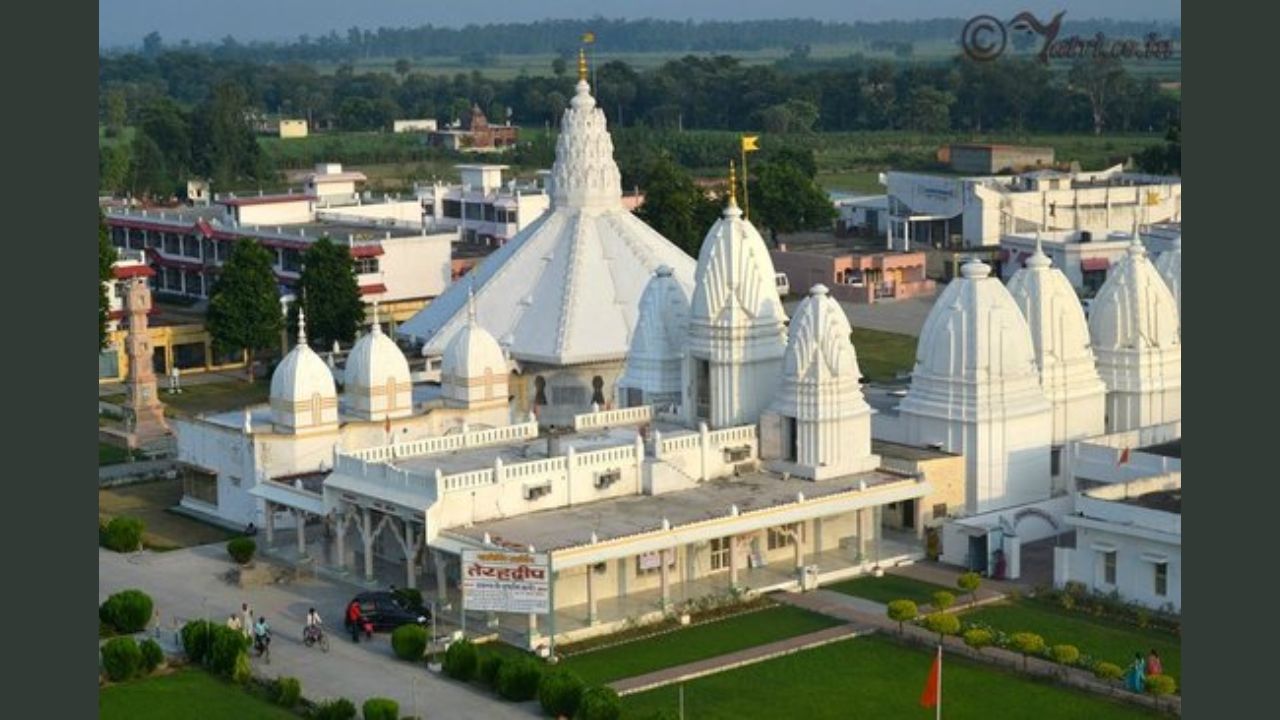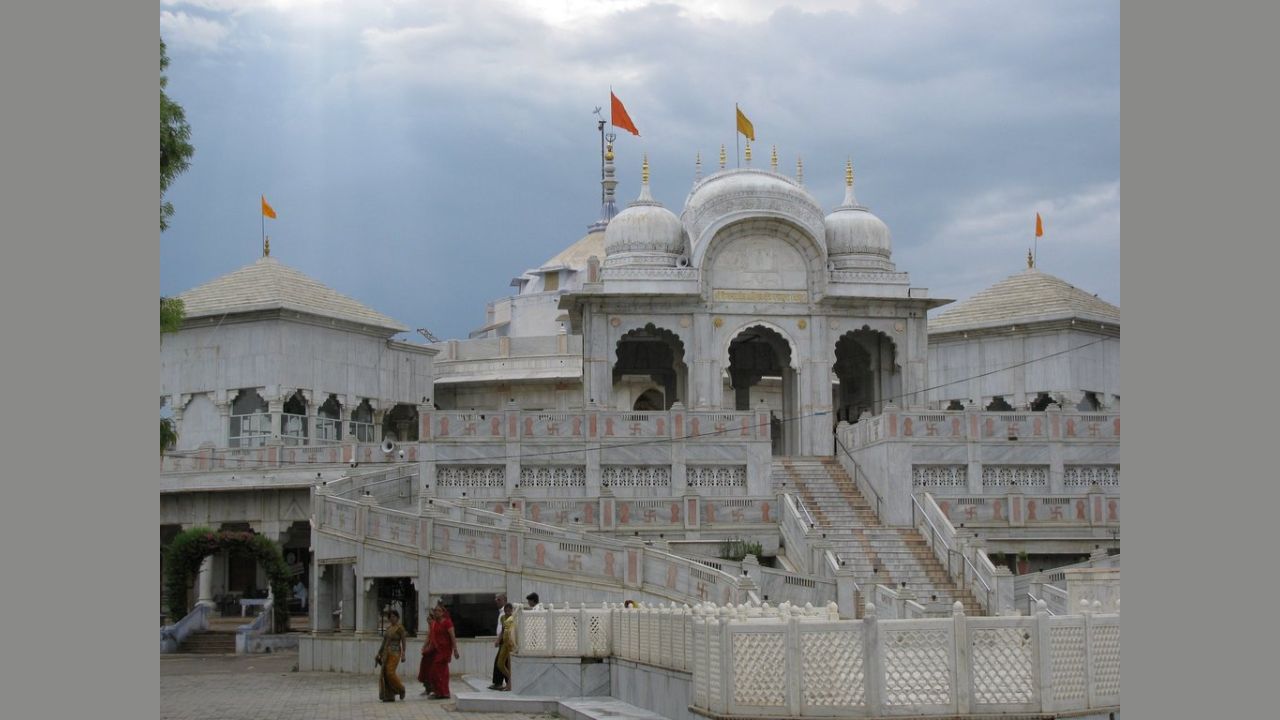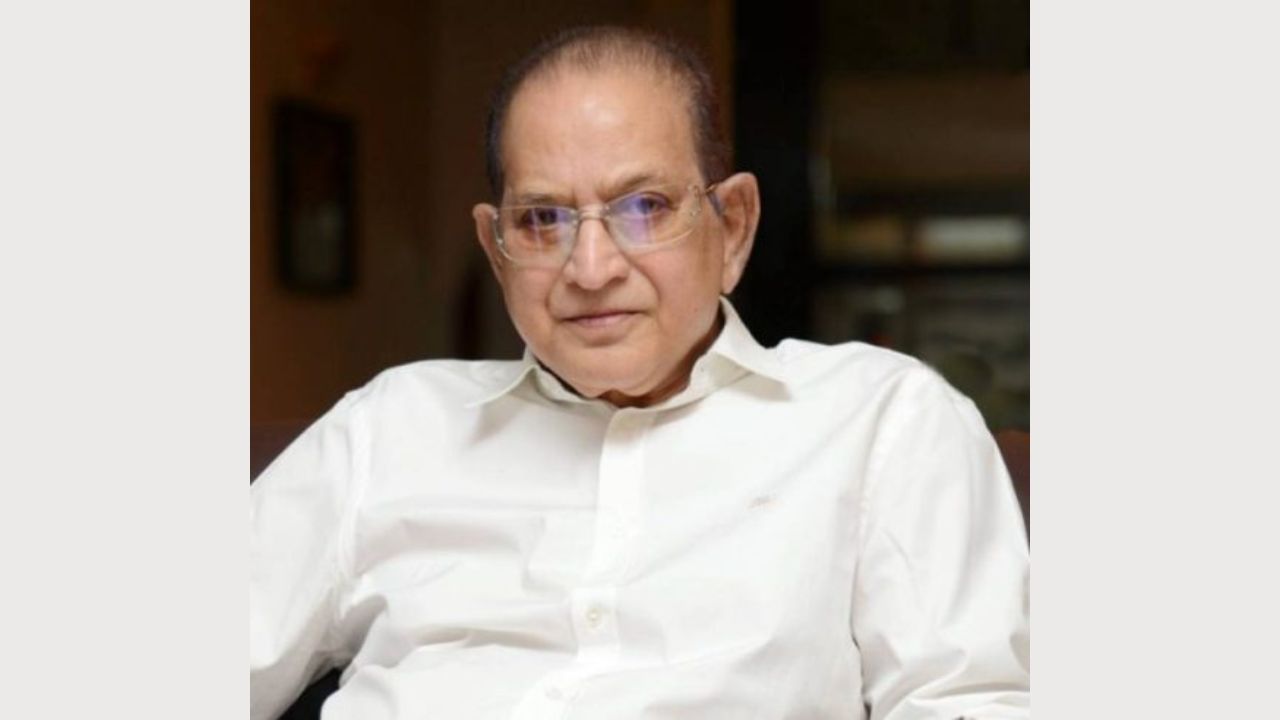Hastinapur Jain Temple: Jainism is one of the most modest and basic ways of life in India. They believe every living thing possesses a consciousness. Therefore, they attempt to use natural resources as little as possible. This may explain why Jains are strict vegetarians. In addition, they avoid onion, garlic, and other immoral foods and annually visit one of the well-known Jain temples in Hastinapur.
In addition, Jain prayers to the gods are extremely strict and sincere. As a result, the community has constructed monuments and temples that attract not only Indians but also tourists from all over the globe. In addition, Hastinapur Jain Mandir is regarded as one of the most important Jain temples. The following is pertinent information about the temple.
About the Jain Temple in Hastinapur
The temple is one of Hastinapur’s earliest Jain temples. Shri Shnatinatha is the primary deity of the Jain Temple in Hastinapur. He was the sixteenth Jain Tirthankara, and the temple is in his honour. Moreover, the entire city recognises the temple as an architectural marvel.
It notes a large visitor population that visits the monument for mental tranquilly. There are thousands of travellers who visit this temple each year. It is believed that the site where the temple is constructed is also a sacred location. Numerous legends and stories are associated with that region, which adds to the temple’s significance.
Location
Hastinapur, Uttar Pradesh is the location of the Hastinapur Jain Temple. Hastinapur is also known as the capital city of the Kauravas in Hindu mythology’s Mahabharata. As a result, both Hindus and Jains frequent the area frequently. Hastinapur is also referred to as the Kash by Jainism adherents. It is widely believed that the three Jain Tirthankara were conceived here.
Hastinapur is therefore one of the holiest cities in India. Due to this, a number of significant mythological events in the respective religion occurred at the location. In addition, one of Guru Gobind Singh Ji’s five disciples was born in Hastinapur, which explains why Sikh Devotees have a passion for visiting the city.
Timings
The temple is accessible to all devotees and visitors seven days per week. However, in order to gain access to the temple, one must adhere to the timing specified by the temple’s administration. A person is only permitted to visit the temple between the hours of 6 AM and 8 PM, when the Hastinapur Jain Mandir is accessible.
People visit the monument to view and receive blessings from the Mulanayak or the temple’s primary divinity. Shri Shantinath, seated in Padmasana, is venerated in the temple. In addition, the 17th and 18th Tirthankara of the Jain religion are present along with their respective idols.
History
As previously stated, the history of the Hastinapur Jain Mandir is quite extensive, as numerous mythological events have occurred in Hastinapur. Consequently, a temple was constructed here. In 1801, the temple was first sanctified by Raja Harsukh Rai and constructed. Shantinatha, Kunthunatha, and Aranatha were born here in the sixteenth, seventeenth, and eighteenth centuries, respectively.
The Hastinapur Jain temple is also the origin of a well-known Jain belief regarding the first Tirthankara. This is where Rishabhanatha, the first Tirthankara, concluded his fast. When King Shreyans presented the Tirthankara with a glass of sugarcane liquid or ikshu rasa, the Tirthankara’s fast ended.
Architecture
At Hastinapur Jain Temple, the 101-foot-tall Sumeru Parvat is located in the centre of the 250-foot-wide Jambudweep Rachna. Photograph Courtesy of: Jainvaibhav1307
The temple’s abundance of architectural marvels is sufficient to attract a large number of visitors each year. The primary prayer chamber of the temple contains the Padmasana-postured idols of Mulanayak Shri Shantinath, with statues of Shri Kunthunath and Shri Aranath placed on either side of their idol. Images of the Hastinapur Jain Temple can be found online.
Manastambha, a pillar-like structure 31 feet tall, was constructed in 1955. It is established outside the primary temple’s entrance. The Trimurti Mandir contains the statues of the temple’s three Tirthankara. The premises also comprise the deity Ambika’s temple. The identical monuments were discovered in a canal. Last but not least, an image of Shri Neminath is engraved into the goddess’s cranium.
Mangi Tungi Jain Temple: Location, History, Architecture, Timings, Faqs
Chitharal Jain Temple: Locations, History, Architecture, Timings, FAQs
How do you get to the Jain Temple of Hastinapur from Meerut?
Meerut is most likely the closest city to Hastinapur Jain tirth. The temple is readily accessible by transport or private vehicle. A vehicle would cost between INR 770 and INR 980 to get there.
How do you get from Muzaffarnagar to Hastinapur Jain Temple?
The distance between Muzaffarnagar and the Hastinapur Jain Temple is 46 kilometres. Again, neither train nor air travel is available to reach that location. You may use taxis or any private vehicle. It would take approximately an hour to complete the voyage.
How do you get from New Delhi to the Hastinapur Jain Temple?
To visit the temple in Hastinapur, one can travel by train, bus, or taxi. The cheapest mode of conveyance is the train via New Delhi, which costs between INR 910 and INR 1680. The quickest route to get from Delhi to Hastinapur Jain Temple is by taxi, which will take 1 hour and 47 minutes to reach your destination.
Locations Near the Hastinapur Jain Temple
In Hastinapur, a variety of hotels and Dharamshala can be found. These lodging service providers accommodate all types of clients. Through Hastinapur Jain Temple room registration, it is possible to locate quality hotels and inns within 0 to 30 kilometres of the Jain temple.
Among them are the Hotel Subhadra Residency, Hotel Night Inn, Moon Guest House, and Hotel Crystal Palace, among others. The accommodation rate can range between INR 486 and INR 4,480. In addition, the majority of hotels offer complimentary cancellation and transportation services.
Questions Frequently Asked (FAQs)
1) What dining options are close the Hastinapur Jain Temple?
Since Hastinapur is not a developed metropolis, there is a limited selection of cuisine there. However, local and north Indian cuisines are available.
2) What other tourist attractions are there besides the Jain temple?
If you are an avid student of history, you can find numerous museums, temples, and other ancient structures near the Hastinapur Jain temple.
3) Who and when established the Jain temple in Hastinapur?
In 1801, Raja Harsukh Rai constructed the well-known Jain temple in Hastinapur.
4) What are the precise operating hours of the Hastinapur temple? Are they Adaptable?
The hours of operation for the Jain temple are from 6 a.m. to 8 p.m. After this time, no tourist or devotee would be allowed to enter.
5) What is the telephone number for the Hastinapur Jain Temple administration?
The telephone number for the Hastinapur Jain Temple is 087555 03350. They can be reached for questions.



